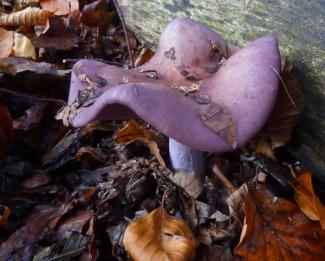
BEES hosts a Wildlife Field Visit Programme throughout the year. The programme aims to explore a range of habitats to study their natural history and management issues relating to their upkeep. The programme is organised and delivered by a committed and knowledgeable group of volunteers. Planning meetings are held regularly to agree and distribute the programme.
Please see details for up and coming visits below.
Bookings must be made in advance (please ring BEES office for details).
Where minibus transport is offered there is a charge which varies from £5 - £12 depending on the distance of the trip.
The Minibus Bus departs at 9.30am from the Unitarian Church, Russell Sreet, BD5 0JB (unless indicated otherwise).
If you are on foot you can meet the minibus Culture Fusion (125 Thornton Road, Bradford BD1 2EP and corner of Westholme Street) no later than 9.10am.
On occasion the minibus will pick up passengers on route out of Bradford. Please discuss with the office (or driver) to find out the pick up points.
* Please ensure you bring adequate food and drink for the day.
* Wear strong footwear and waterproof clothing.
* All trips must be booked and paid for in advance where applicable.
* We ask for a donation of £3 if you choose to use your own transport when the minibus is offered.
* All people irrespective of background and experience are welcome
* Parking is available for a limited number of cars at the Unitarian Centre, Russell Street. Please make a donation of £2 for this facility.
BEES is a district wide environmental education and training centre funded both by Bradford Council and our own project work – for further information please contact Amanda Smith or Nina Mc Cormack.
Previous Trips
If you'd like to find out more about out trips, we have:
- a list of previous trip announcements and trips in 2008/9 before this site was built
- Our Blog
- Some Photos
